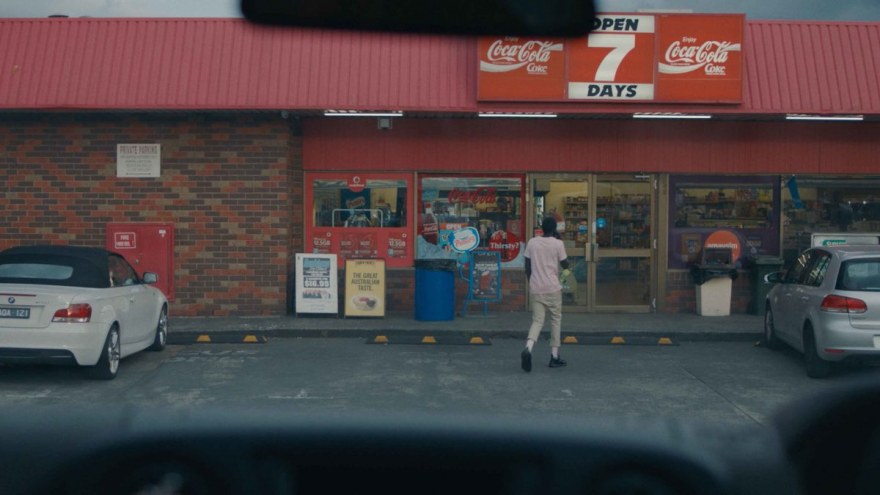Night cap with Three Stories Inside a Rental Van
An interview with Lewis Attey, director of Three Stories Inside a Rental Van
What inspired you to tell the stories of these characters?
The idea first came to mind after watching dash cam videos on YouTube. There is something interesting about the way the camera keeps rolling after an accident, or after the person driving has left the vehicle. There is this sense that the vehicle has a life and is a silent observer to the action and people around it. It also has a distancing effect which seems to heighten the absurdity and triviality of the drama. In Three Stories Inside A Rental Vanthe camera is not dash cam, but that feeling was definitely something I wanted to replicate. With this in mind, the characters were developed around three simple situations; each a moral quandary that the characters needed to solve.
Where was it shot?
The film was shot in my home state of Victoria in Australia. The first two vignettes are shot in an urban environment just outside of Melbourne, and the last takes place in the country.
Can you tell us a bit more about the filming process in the van?
With dash cam videos as my primary reference, it didn’t feel right to cut during each story. There is something about an unbroken shot that seems to add to the tension of each situation. To achieve this, we needed a camera rig that would provide us with 360-degree coverage, stretch the length of the van, mount onto the ceiling, and be motorised so that it could be operated while the van was moving. I began by looking at film-specific sliders and dollies with a minimum length of 3 meters, but after a bit of research I discovered that what was required didn’t exist in Australia. Eventually I found a company based in China that manufactures linear motion rails, primarily used for large 3D printers. It was a bit of a gamble, but thankfully it worked perfectly. From the slider we underslung an electronic three-axis camera head which held the Alexa Mini and a Zeiss 21mm Master Prime lens. The entire rig was controlled remotely, allowing the cinematographer, Ryan Alexander Lloyd, and his camera team to be hidden from view, but still in complete control of the dolly, pan, tilt and focus. The freedom with which the camera could move and respond to the unfolding action meant that the actors didn’t need to be overly concerned about hitting their marks and it allowed for greater experimentation on set.
What is your background as a filmmaker?
I studied Film and Television at Swinburne University in Melbourne. My primary interest is in writing and directing and this is the third short film I’ve made.
Would you say that the short film format has given you any particular freedom?
I’m a firm believer that short films are their own medium. With Three Stories Inside A Rental Van, the short film format allowed me to examine the shared history of a rental van and focus in on the thematic similarities that unify each story. But this idea wouldn’t have worked if it was any longer. Audiences would have been desperate to get outside the van and see a landscape shot!
Three Stories Inside a Rental Van was selected in the International Competition (I10).








